Have you ever come home and found your dog waiting faithfully by the door, tail thumping with excitement, eyes sparkling with love? It’s a heartwarming scene that melts away even the toughest day. But why does your dog do this, seemingly just for you? The answer is more magical—and meaningful—than you might imagine. Let’s journey into your dog’s world and uncover the surprising reasons behind this loyal ritual.
The Powerful Bond Between You and Your Dog
The connection between a dog and its owner is unlike any other. Dogs are social animals and crave companionship, but with their humans, it’s something extraordinary. When you become your dog’s person, you’re their family, their leader, and their best friend all wrapped into one. This bond forms through daily routines, shared experiences, and the simple act of caring. Your dog senses your moods, learns your habits, and even seems to know when you need a little extra love. For many dogs, waiting by the door is just another way to say, “You matter most to me.” Imagine a child waiting up for a parent to come home—that’s the emotional power you hold in your dog’s world.
A Nose That Knows When You’re Near
Dogs have an astonishing sense of smell. It’s not just good—it’s thousands of times more sensitive than ours. Some dogs can sniff out their owner’s unique scent from an impressive distance. Over time, your dog learns to recognize the smell of your car, your footsteps, or even the change in the air when you’re approaching home. Think of it like a superpower that lets your dog “know” you’re coming even before you set foot inside. That’s why sometimes it seems like your dog is already at the door, eagerly waiting, just as you reach the porch.
The Magic of Routine and Timing
Dogs are masters of routine. They quickly learn the patterns in your day—when you wake up, leave for work, or come home. If you return at a similar time each day, your dog’s internal clock starts ticking with anticipation. They may even get excited ten minutes before your usual arrival, showing just how attuned they are to your schedule. It’s like they’re counting down the moments until you walk through the door. This anticipation isn’t just habit—it’s love in action.
Dogs Read Emotional Cues Like Experts
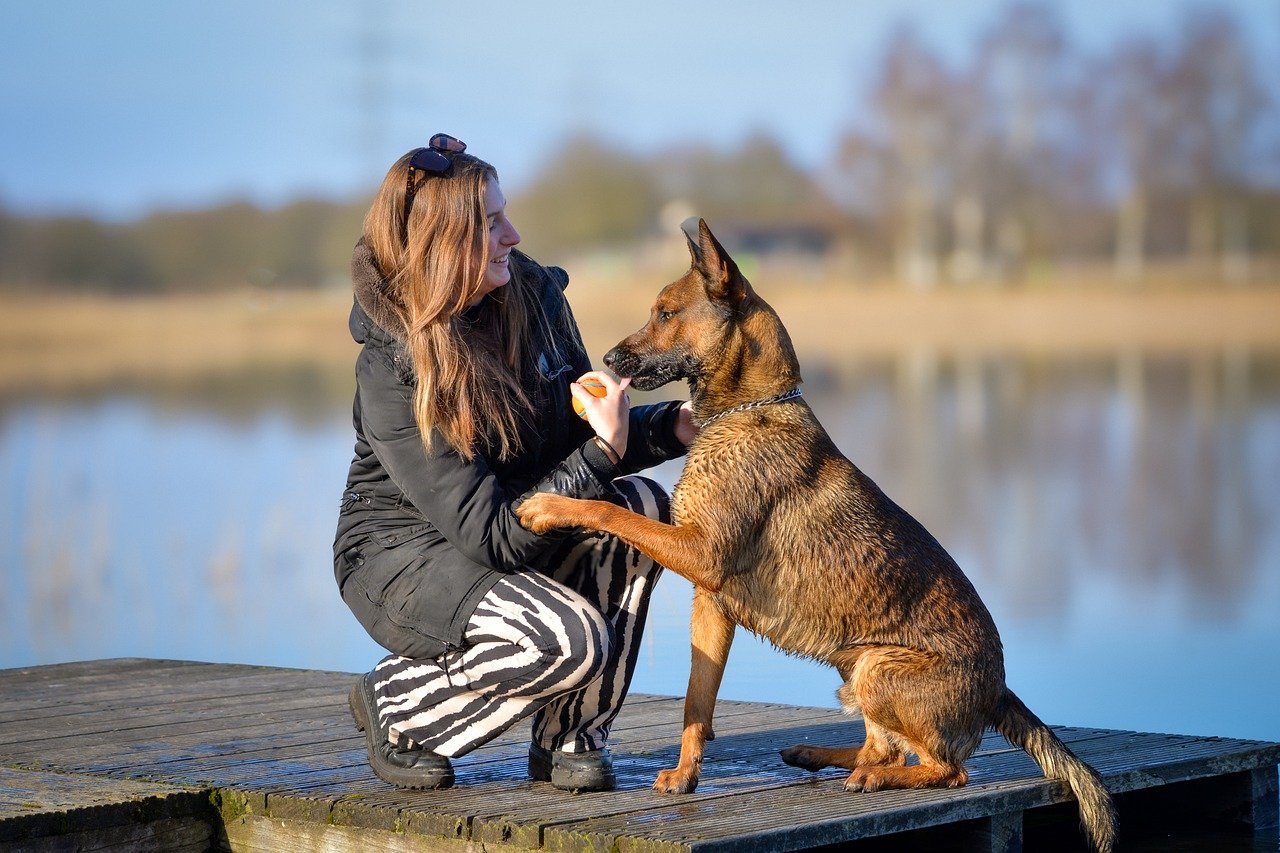
Dogs are astonishingly good at reading human emotions. They watch your face, listen to your tone, and pick up on the tiniest shifts in your mood. When you come home, your dog senses your excitement or your exhaustion. They know when you’re happy and when you need comfort. That’s why the moment you enter, their eyes light up and their body language changes. It’s as if they’re saying, “I’ve missed you, and I’m here for you.” This emotional intelligence is one reason dogs make such incredible companions.
Loyalty: The Heart of a Dog’s Nature
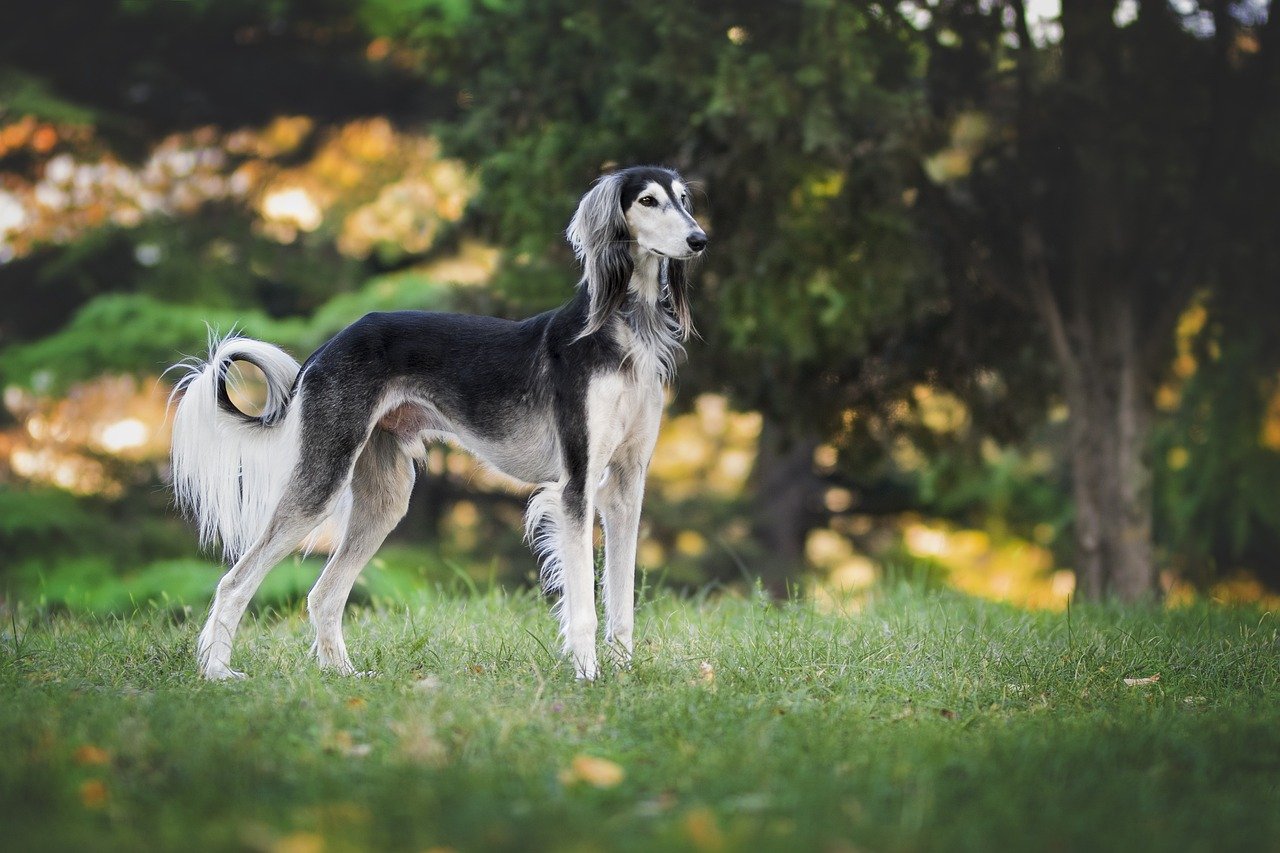
Loyalty is perhaps the trait most associated with dogs. For centuries, they’ve been bred to be faithful friends and protectors. Waiting at the door is a natural expression of this loyalty. Your dog wants to be the first to greet you, making sure you know how much you’re loved. In their world, waiting for you is not a chore—it’s a privilege. It’s their way of standing guard, keeping you in their heart until you’re safely home again.
Separation Anxiety and the Need for Reassurance
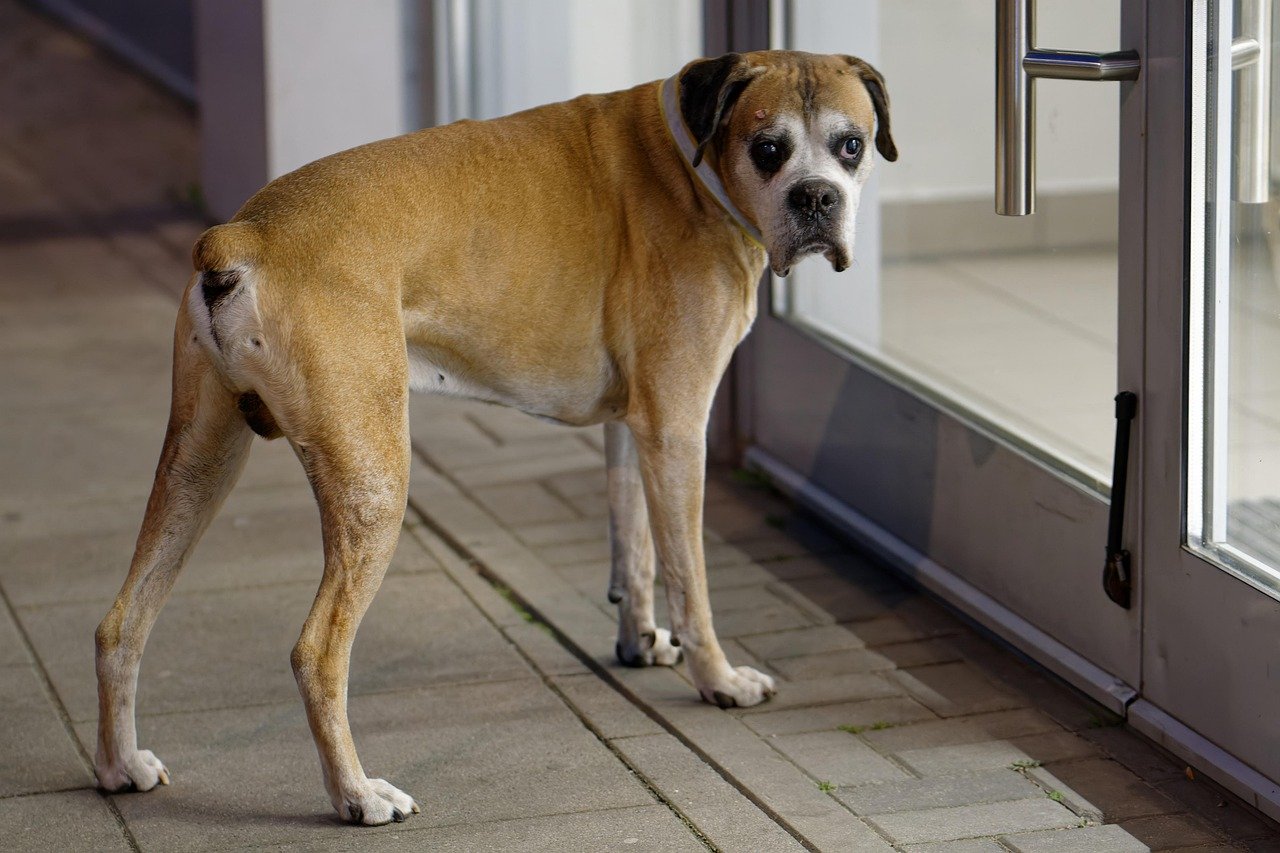
For some dogs, waiting at the door isn’t just about excitement—it’s about missing you deeply. Dogs prone to separation anxiety may feel uneasy when you’re gone. Waiting at the door becomes a coping mechanism, a way to reassure themselves that you’ll return. You might notice signs like pacing, whining, or even bringing toys to the door. This behavior is rooted in love and the deep need for connection. With patience and understanding, you can help soothe their worries and make reunions even sweeter.
Protective Instincts: Watching Over the Home
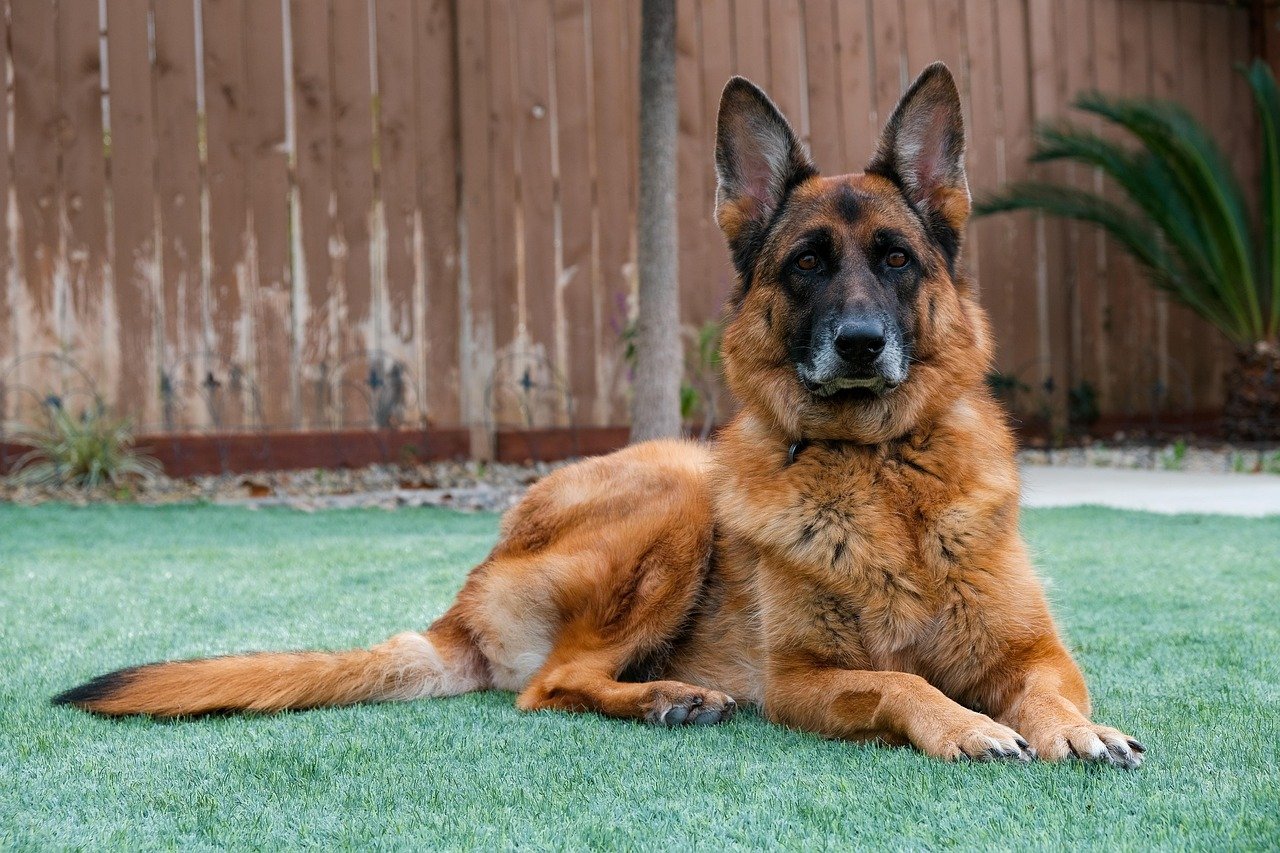
Many dogs wait by the door to keep watch over their territory. In their minds, the doorway is the gateway to their domain. By staying close, they feel they can protect you and the home from any potential threats. This instinct is especially strong in certain breeds, but all dogs have a natural urge to look out for their loved ones. When you arrive, their vigilance turns to joy, and the sense of duty shifts to happiness at your safe return.
Anticipating Walks, Treats, and Affection
Let’s be honest—dogs are smart, and they quickly learn that your arrival often means good things are about to happen. Maybe it’s time for a walk, a tasty treat, or just some much-needed cuddles. Waiting at the door is your dog’s way of saying, “I’m ready for our special time together!” This eager anticipation is a sign that you bring happiness and excitement into their lives. It’s a simple, joyful expectation that makes coming home such a celebration.
The Role of Early Training and Socialization
How your dog greets you can also be shaped by early life experiences. Dogs who were well-socialized and taught positive routines as puppies often develop healthy habits, like calmly waiting for you at the door. On the other hand, dogs who lacked structure or experienced neglect may show different behaviors. No matter their background, your patience and care can help transform how your dog waits for you, turning it into a moment of pure joy for both of you.
Every Dog is Different—Celebrate Their Unique Style
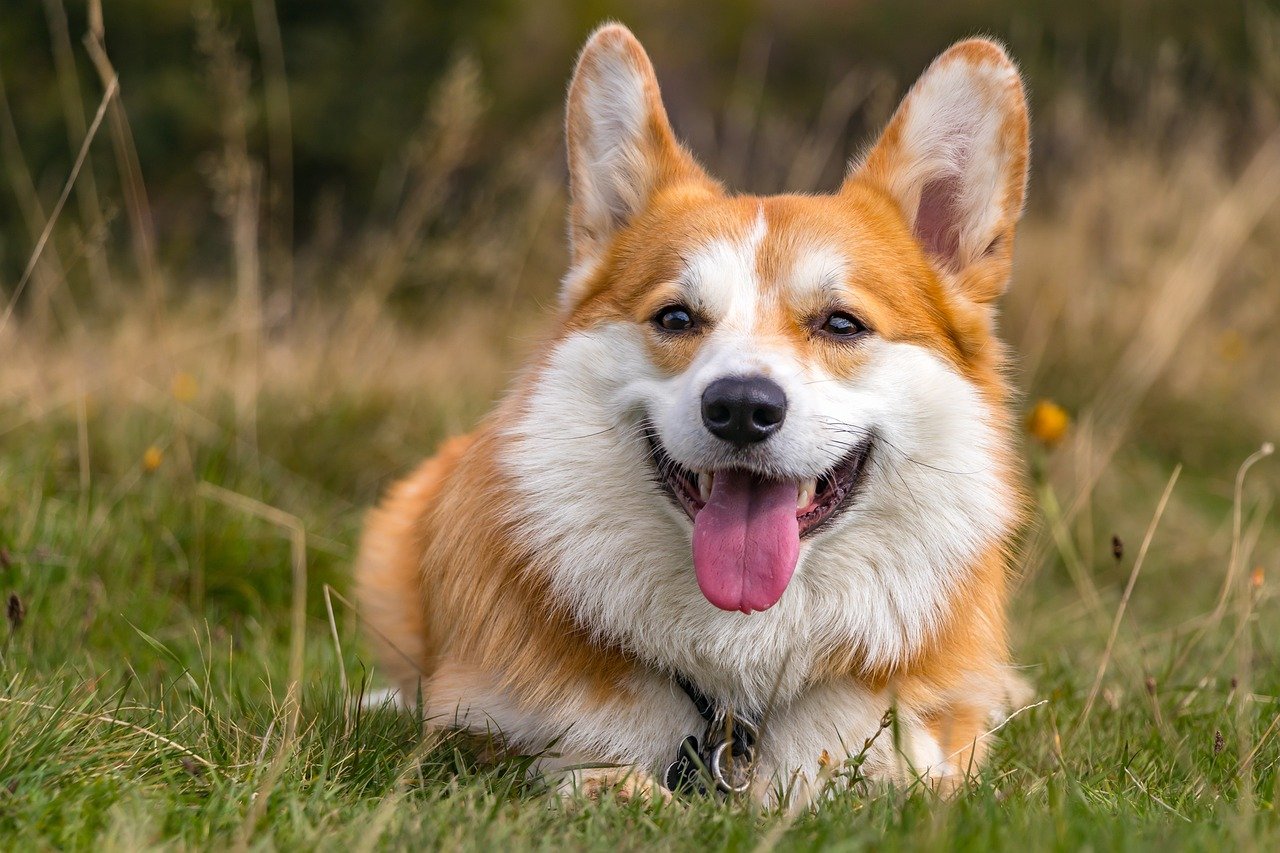
Just like people, every dog has their own personality and way of showing affection. Some dogs might leap with excitement, others may simply wag their tail and wait patiently. There are those who bark, spin in circles, or bring you their favorite toy as a welcome home gesture. The important thing is to appreciate your dog’s unique style. These little rituals are their way of saying, “I love you, and I’ve been waiting just for you.” Each greeting is a reflection of the special bond you share.
What will your dog do next time you walk through that door?

Esther is from India; the heartbeat of South Asia, holding a Master’s degree in Zoology and a postgraduate diploma in Animal Welfare. Her enthusiasm for animal welfare drives her passion and dedication to working for animals, ensuring their well-being, and advocating for their rights. With a solid academic background and hands-on experience, she is committed to making a positive impact in the field of animal welfare. In her free time, she enjoys embroidery and sewing. As a Chennaite from Tamil Nadu, Esther loves Bharathanatyam, an Indian classical dance form.





